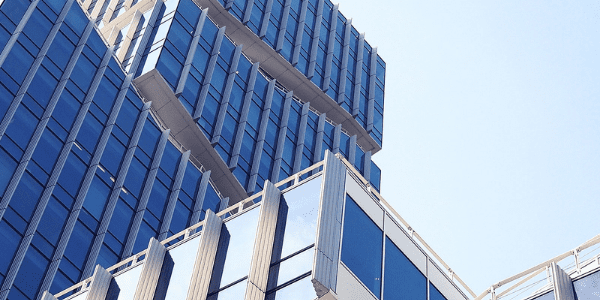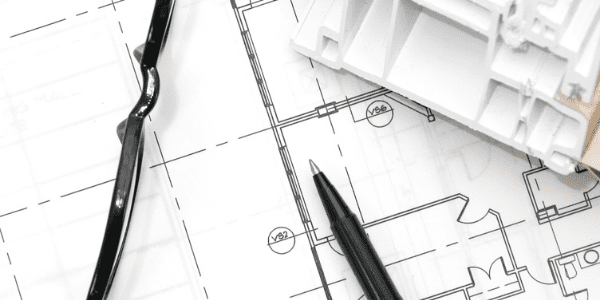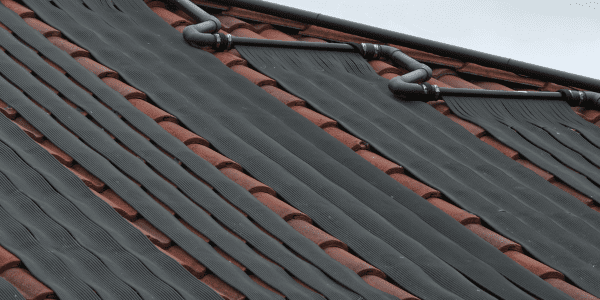
It seems as if we have been hearing about LED lighting as the “next best thing” without actually seeing it used where we most commonly need it — in our homes and workplaces. The LED industry is solving the key technology-related issues to make more widespread use acceptable.
Producing White Light
LEDs do not produce natural white light. Instead, white light is commonly produced by filtering a blue LED light through a phosphor coating. The problem is that the color rendering index (CRI), a measure of how a light renders colors as compared to natural daylight, is highly variable for LEDs depending on the phosphor coating. Currently, high-quality LEDs have a CRI comparable to that of linear fluorescent lighting. Manufacturers have refined coating and sorting methods to ensure that LEDs have a consistent white color from fixture to fixture. This solves the issue of having several fixtures in one room emitting different lighting color.
Solving the Heat Problem
LED lighting touts the fact that it lasts longer than other lighting options on the market. This is true with one major consideration — heat. One of the major problems with LED lighting is the lights can’t get too hot without a significant degradation in performance and lifespan. Many new fixtures have been developed specifically for LED lighting. These fixtures feature built in heat sinks that dissipate extra heat and prevent LED lighting from overheating. The new fixtures allow LED lighting to be used in common designs such as recessed lighting and troffers.
New Applications
LED lighting has a strong foothold in many applications including traffic lights, pool lighting, decorative fixtures and especially refrigeration lighting (no overheating problem there). Designers are continuously coming up with new and innovative ways to use LEDs in residential and commercial lighting. Some of these new designs include lighted wall panels, track lighting, and linear fixtures available in a straight design or with waves and curves. LED lighting offers unique opportunities for design while saving energy at the same time.
Conclusion
LED lighting is slowly but surely moving its way out of very specific applications into widespread use. There are now many ways to incorporate LED lighting into any lighting scheme. As it turns out, the “next best thing” is already here.





